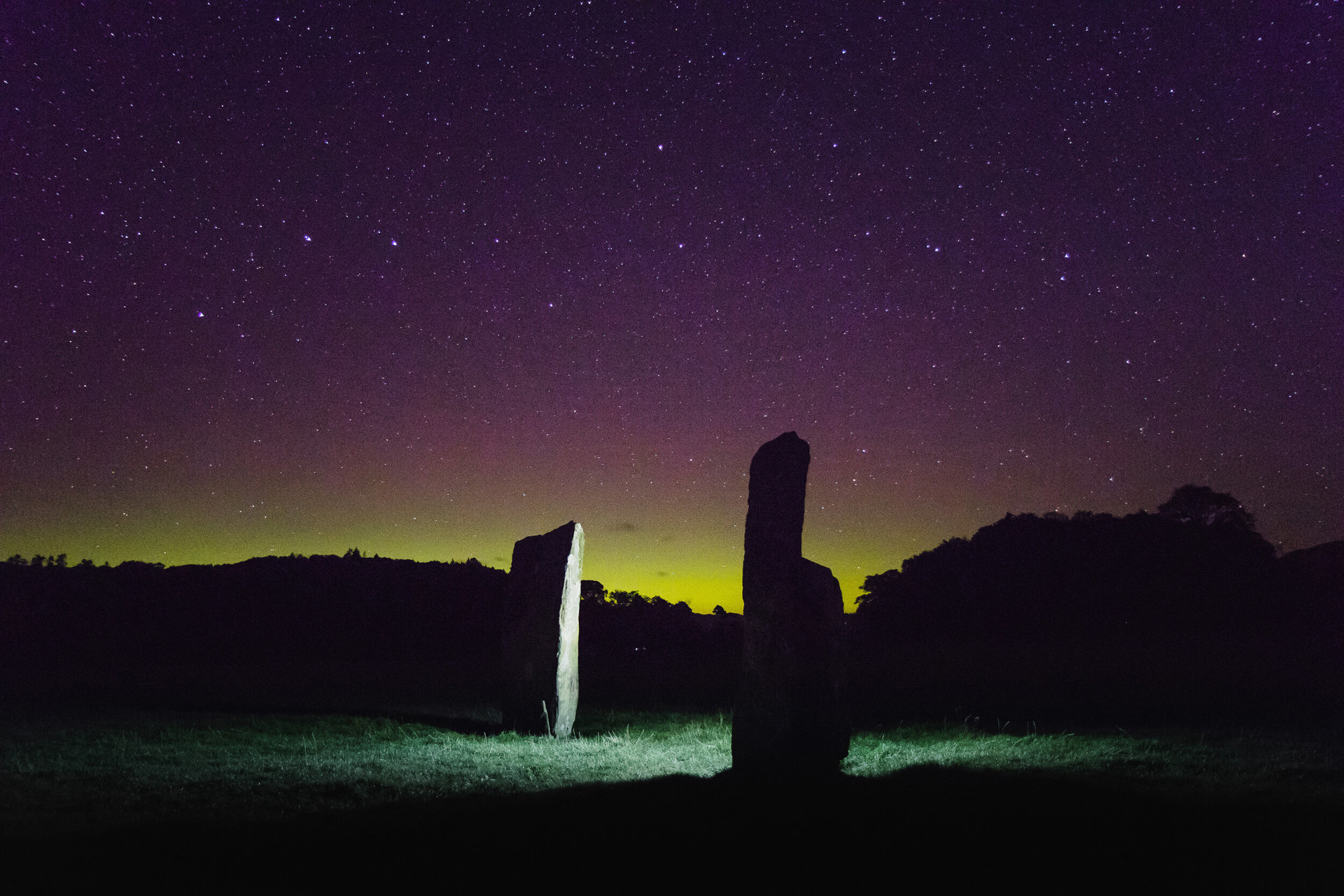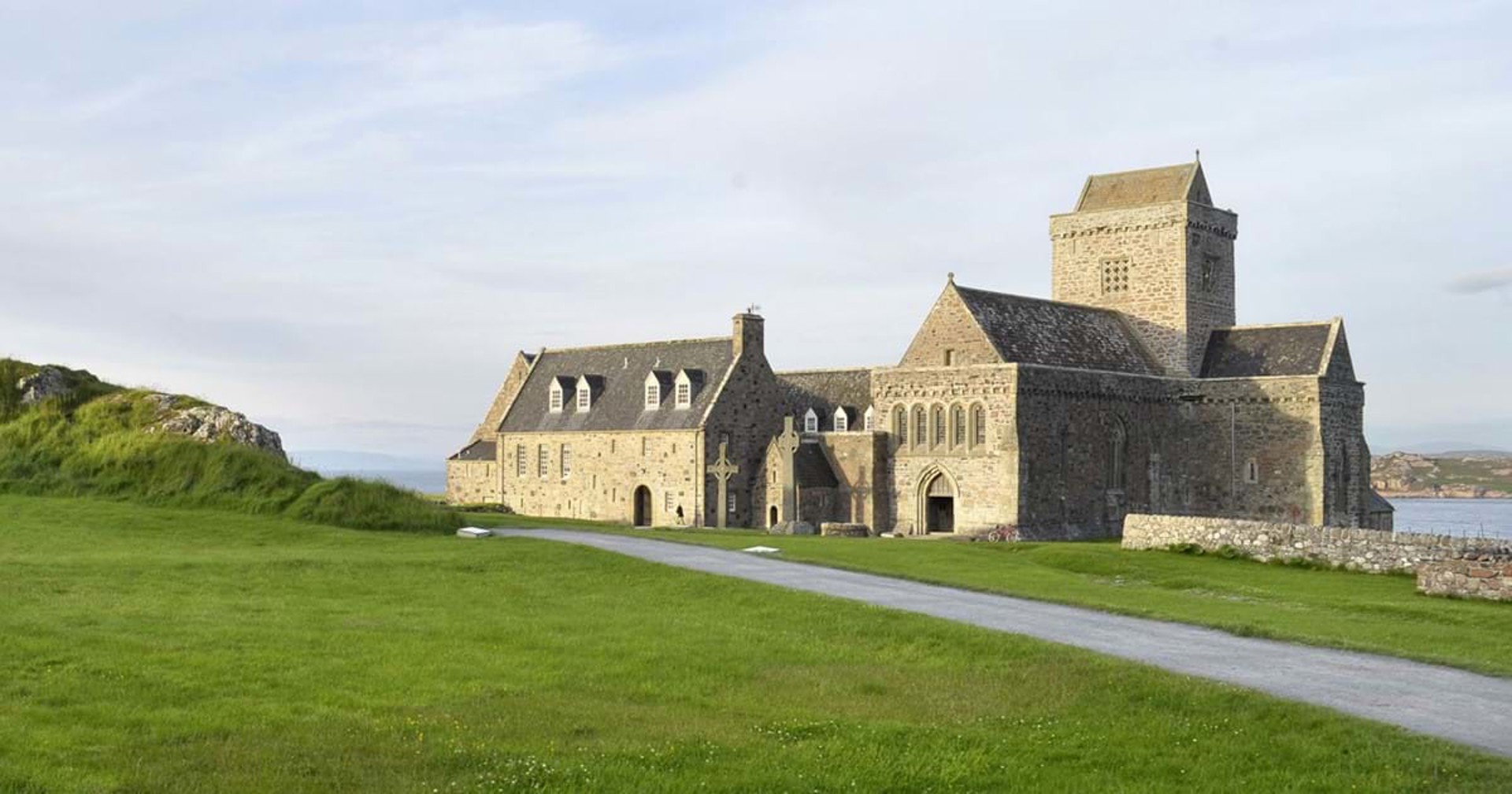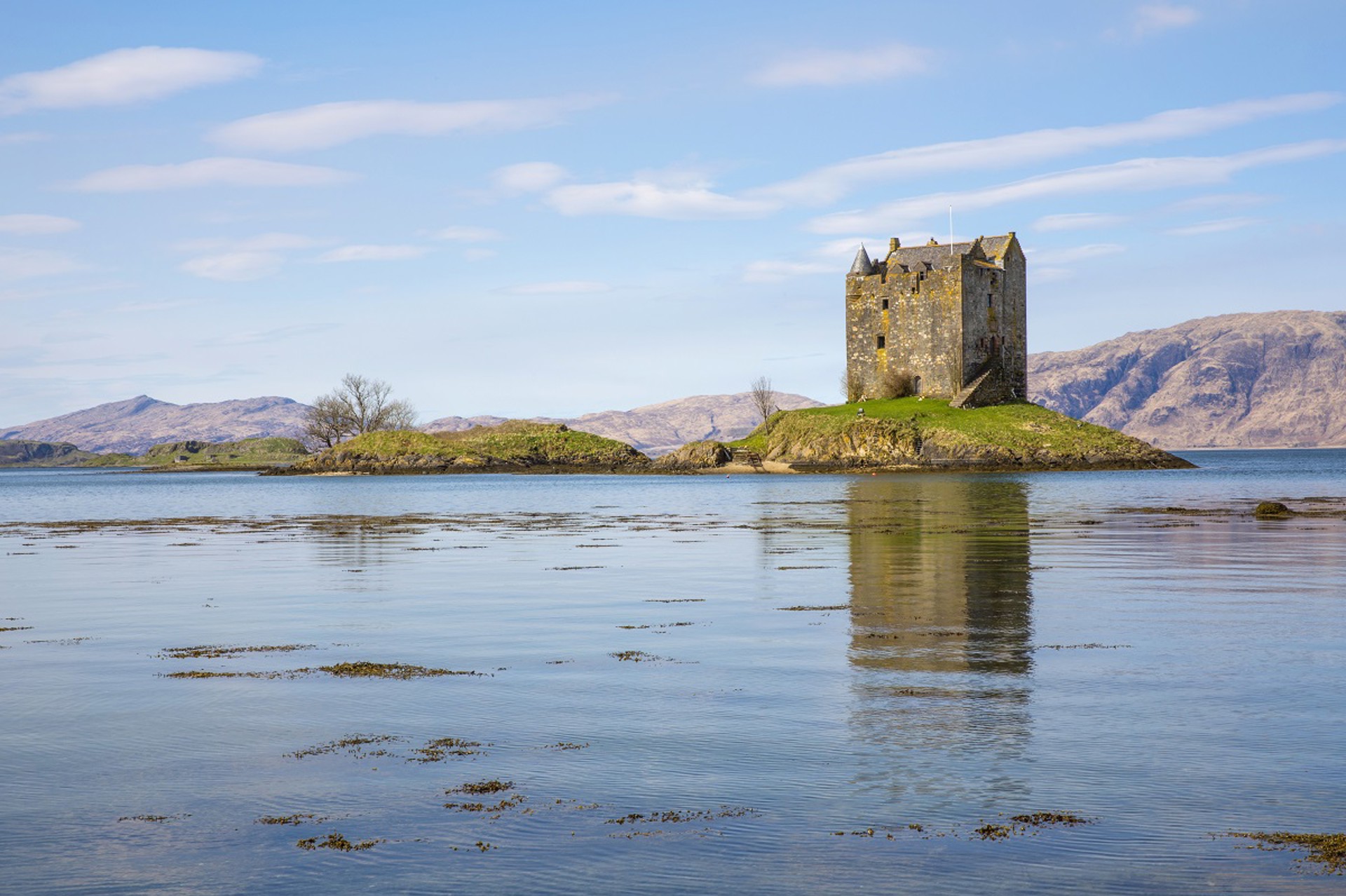Where to find the standing stones of Argyll & the Isles
The landscape of Argyll & The Isles is dotted with signs of the past, from chambered cairns and cup-and-ring marked rocks. But perhaps the most striking prehistoric monuments are the region’s standing stones and stone circles. You’ll find them overlooking the most stunning locations, from glorious glens to beautiful beaches. Grab a map, track down the standing stones of Argyll and ponder the question: ‘Why?’
Kilmartin Glen
Your starting point should be Kilmartin in mid Argyll. This beautiful glen is one of Scotland’s richest and most important prehistoric landscapes. Within six miles of Kilmartin village there are over 350 ancient monuments including many standing stones and stone circles. The two stone circles at Temple Wood date back to around 3,000 BC and were in use for over 2,000 years, during the later Neolithic and early Bronze Age. The southern stone circle has 13 standing stones (originally there were 20) forming a ring about 12 metres in diameter. The northern circle is smaller. The five Nether Largie standing stones are extremely impressive. They’re huge (up to 2.80m in height) and are aligned on an approximately north east to south west axis. Ballymeanoch, meanwhile, includes an awe-inspiring avenue of two rows of standing stones with four and two stones each. The tallest stone is over four metres high. Kilmartin Glen is easily explored on foot. It’s worth visiting Kilmartin Museum first. This award-winning centre for archaeology and landscape interpretation does a brilliant job of bringing the stones of Kilmartin Glen to life.
Ballochroy, Kintyre
Head to the west coast of Kintyre to see a spectacular set of megalithic monuments at Ballochroy near Tarbert. You’ll find three three vertical stones, side by side, aligned with various land features. Alexander Thom, known for his work on Stonehenge, maintained that the great length between the stones and the features of distant landscape lent precision to pinpointing the midsummer and winter solstices for ancient observers. The views from the site across to Islay and Jura are stunning. The flat face of the central stone indicates the mountain of Cora Bheinn, on the island of Jura, which is 19 miles away. The shortest stone also faces across the alignment, and points to Beinn a' Chaolais, the southernmost of the three Paps of Jura.
Isle of Mull
Lochbuie Stone Circle sits in a stunning location overlooked by Ben Buie at the southern end of the island of Mull. The circle was originally nine granite stones, set in a ring about 12 metres in diameter, with the tallest stone being about two metres high. It is mainly composed of granite slabs which have been positioned with their flatter faces towards the inside of the circle. There are also three single stones set in the field at different distances from the circle. One is a spectacular 3-metre high monolith.
Isle of Coll
The remote Hebridean island of Coll is dotted with archaeological sites, including cairns, Iron Age forts and crannogs. Perhaps the most fascinating is the two Na Sgeulachan (Teller of Tales) standing stones found in the west at Totronald. They may have been used for astronomical purposes or they could have belonged to a temple.
Islay & Jura
Neighbouring islands Islay and Jura are wonderful places to explore, offering some fascinating ancient sites. Jura has a number of standing stones scattered along the east coast. The tallest of these is at Camus-an-Staca near Ardfin. It’s also worth seeking out the standing stone at Tarbert near the old cemetery. Over on Islay, Carragh Bhan Standing Stone is a cracker, offering fantastic views north to the Paps of Jura. Local legend has it that this stone marks the grave of Godred Crovan, one of the Norse-Gael rulers of the Hebridean sea kingdom. Lagavullin Stone Row is also worth checking out. This pair of standing stones is striking, with one stone standing 11 feet tall and the other, which has fallen, measuring 12 feet.
Bute
Standing stones are located in beautiful locations across the island of Bute. Ettrick Bay Stone Circle in the north west of Bute comprises eight stones with an internal diameter of about 13 metres. It’s just south east of St Colmac Cottages. Kingarth Stone Circle is another site worth visiting. There are just three stones standing now, but it’s a tranquil and atmospheric spot. More standing stones can be found next to Largizean Farm near Stravanan Bay.
Find out more about castles & heritage in Argyll & the Isles.


